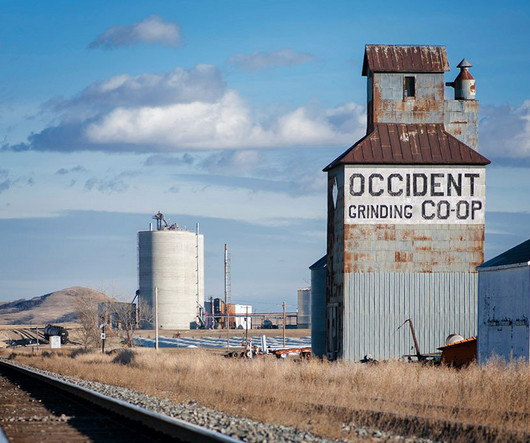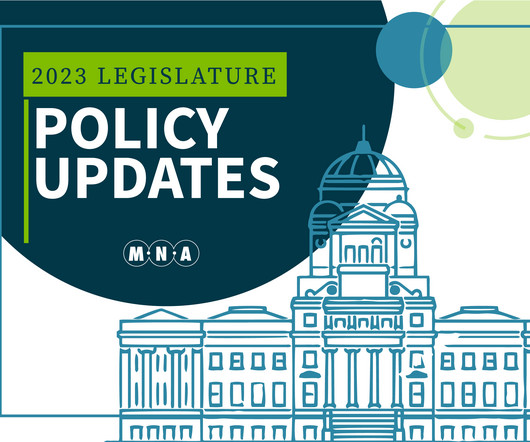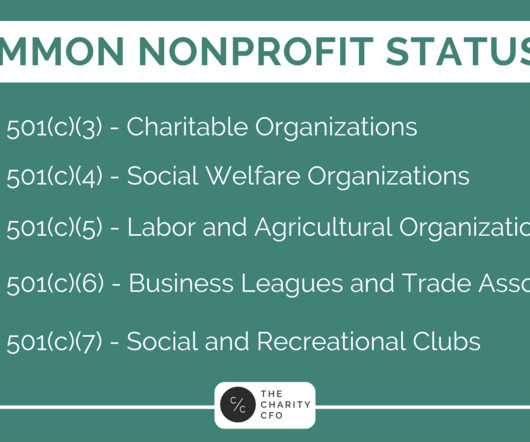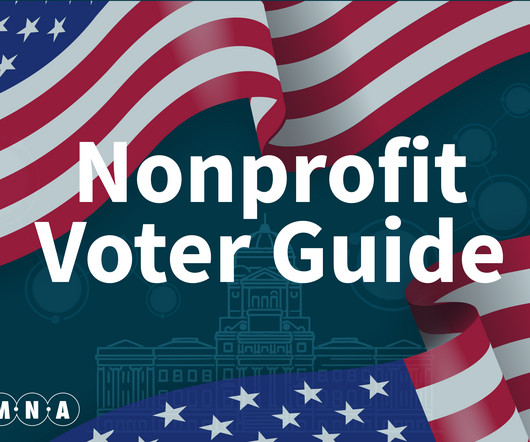How to Restore Community Economies: Reestablishing the Right to Associate
NonProfit Quarterly
NOVEMBER 13, 2024
Image Credit: Photo by Darla Hueske on Unsplash Travel across the United States today, and you’ll find in many small towns a towering grain elevator or a similar agricultural edifice looming over the rusty train tracks. Decades of policy changes, however, often under the radar, today inhibit many diverse kinds of association. [We


















Let's personalize your content